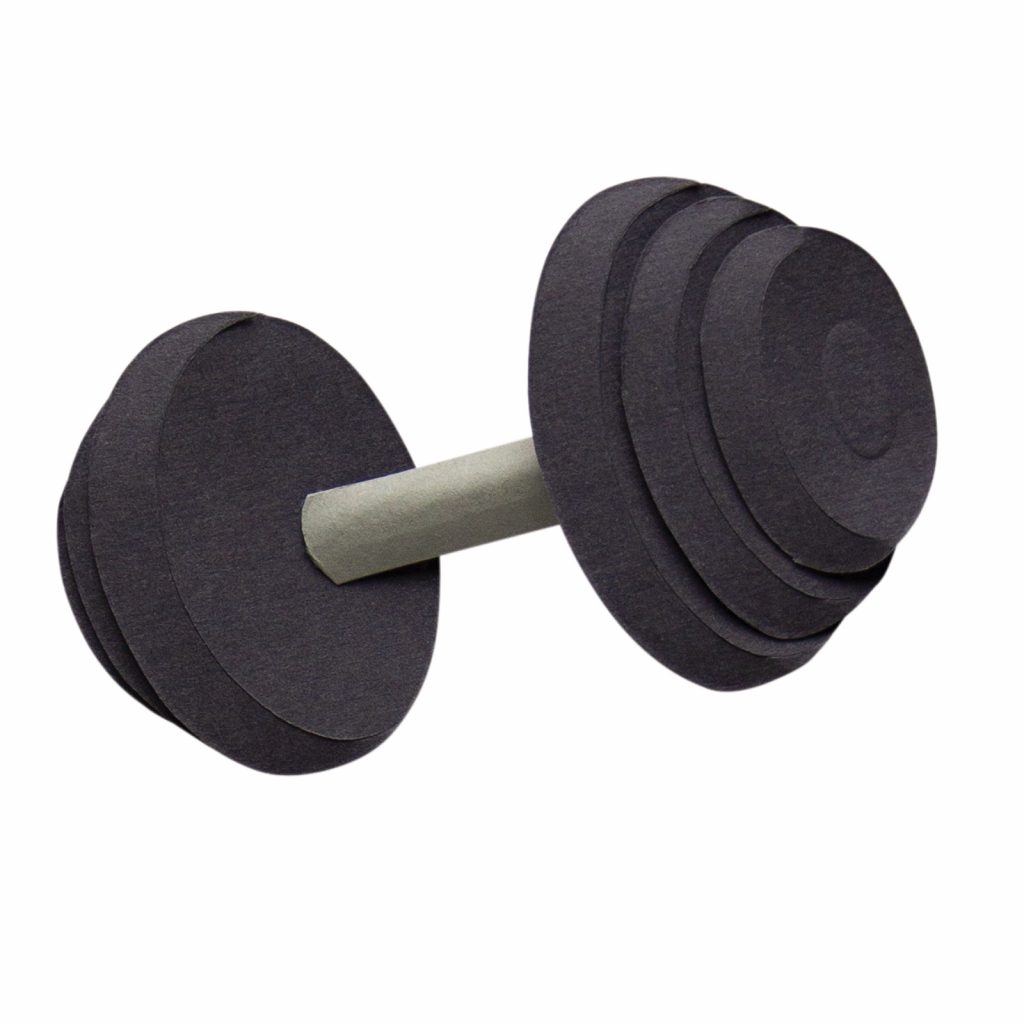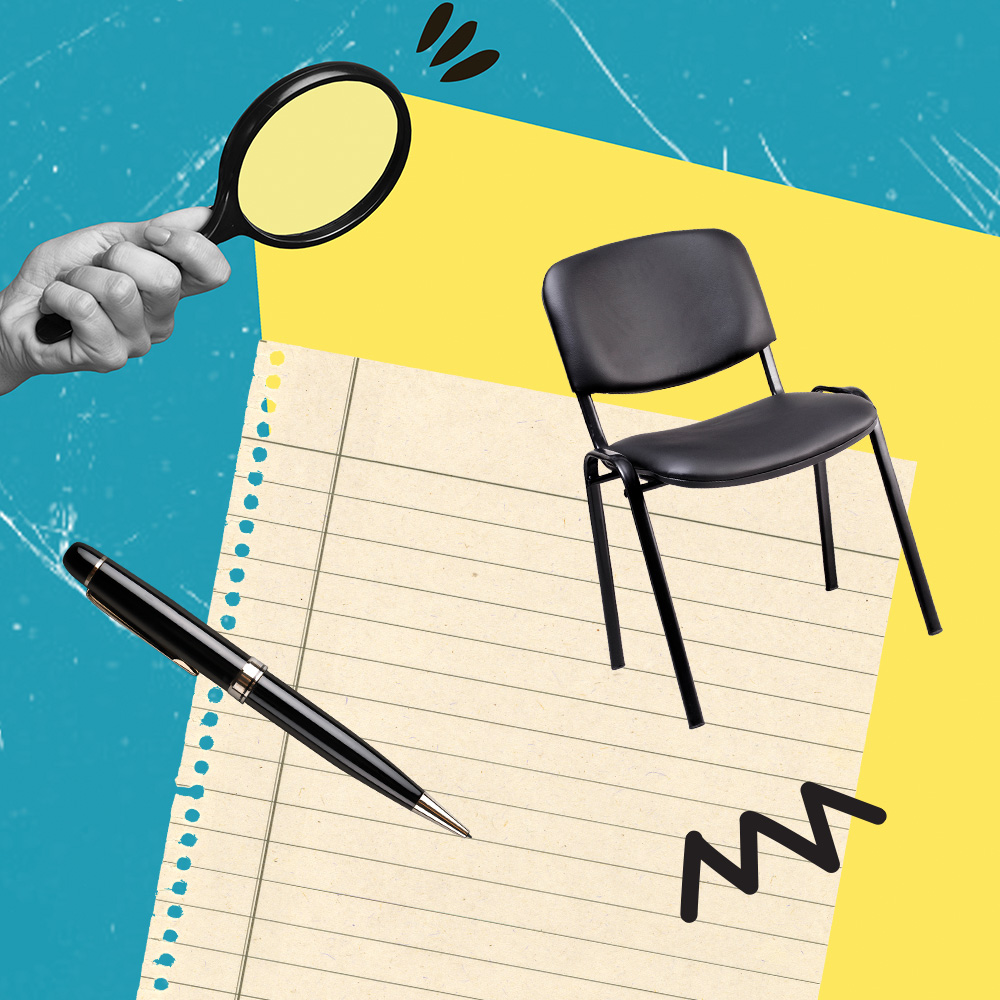 Image Credit: Gail Armstrong
Image Credit: Gail Armstrong
A Leopard Can Change its Spots
Everyone is discussing their New Years resolutions, usually including gyms and diets.Why is this such a hot topic today? We recognize that it’s important to exercise and eat healthily, but why is it so hard to do?
According to the World Health Organization (WHO), “health is a state of complete physical, mental and social well-being and not merely the absence of disease or infirmity.” Health and wellness are much more than losing weight or being fit—it’s about making sure every aspect of our lives is functioning at its best. This includes the emotional, mental, spiritual, social, occupational and physical areas of our lives. If one of these areas are not functioning properly, it will negatively affect the others. While I will be focusing on the physical aspect of our lives, it is important to note that we should always have a holistic approach in achieving optimal health.
“Instead of focusing on one hour at the gym every day, focus on how much you are moving throughout your day.”
There is no question that “working out” and eating habits are a part of today’s conversations. However, I often encounter people who aren’t motivated to make positive changes because of misleading information.
Here is some material you can share the next time you encounter a conversation like that and hopefully you can apply this to your own daily life, if you haven’t already.
Physical Fitness Explained
According to health.gov, “physical fitness includes a number of components consisting of cardiorespiratory endurance (aerobic power), skeletal muscle endurance, skeletal muscle strength, skeletal muscle power, flexibility, balance, speed of movement, reaction time and body composition.” However, most of us tend to only focus on cardiorespiratory (cardio) endurance or muscular strength. Other forms of exercise exist besides running on a treadmill or lifting weights.
When looking at your weekly exercise plans, check to see that you are also working on other components such as flexibility and balance. This will not only improve your health, but also prevent injuries.
Move More, Sit Less
Sitting too much, or sedentary behavior, is considered a health hazard. Research shows that “adults spend roughly 60 percent or more than eight hours of their waking day being sedentary” (Reducing Sedentary Behaviors: Sit Less and Move More, 2016). Instead of focusing on one hour at the gym every day, focus on how much you are moving throughout your day. It’s counterproductive if you are good at getting your one hour of exercise but spend the rest of your day sitting.

The bottom line is to make sure you move more and sit less. Here are some ideas to get you started:
- Climb the stairs instead of the escalator or elevator.
- While watching TV, stand up and walk around during commercial breaks.
- Stand up while you study.
- Go for evening walks after dinner (stay safe in public areas!).
- Bike to the grocery store with a backpack.
- Walk around while talking on your cellphone.
Save Money, Skip the Gym
I often hear people say they don’t invest in exercise because they can’t afford a gym membership. However, there are many cheaper options to be fit and active—without breaking the bank.
For example, hundreds of bodyweight exercises exist, requiring very little to no equipment. Squats, lunges, bridges, single-leg balances, planks, mountain climbers and burpees among many others are great at targeting all the physical fitness components mentioned earlier and can be done anywhere without equipment. If desired, you can purchase an exercise mat and resistance bands to assist you with these types of movements. These exercises are also great for traveling and many health and wellness websites, such as “Runner’s World,” have free resources to help guide you if you have no idea where to start.
Another way to save money is to look at what resources are available in your community. Most public schools and colleges have gyms, pools and tracks that are available to the public for free or at a very low cost. Local hiking trails are another free option. Search what is accessible around you, and you might be pleasantly surprised by what you find! Thirdly, the Internet is full of workout videos that can be really helpful, especially if you lack the time to go to the gym. Videos are a great way to exercise at home and you can find many of them online for free. If you are willing to spend some money, “Beachbody On Demand” is a great resource with a diverse selection of exercises—it’s like a Netflix special for working out.
Finally, I recommend biking to school or work. This will save not just your time and money, but even will help save the environment.
Helpful, Not Harmful
Every movement we make requires energy from our bodies and one of the main ways we replenish it is by eating. Food is our fuel, yet what we often choose to take in is harmful instead of helpful. Just as putting water into a car will not make the car run, the same applies when we intake processed and artificial foods instead of natural foods rich with vitamins and nutrients. Oftentimes, we either don’t pay attention to what we eat at all or we pay too much attention to the wrong things.

However, I’ve found that there is a healthier approach known as “mindful eating.” Mindful eating addresses the fact that we can often eat without thinking—which causes us to overeat or eat foods that are harmful for us. For example, eating while multitasking and eating alone at random would be considered mindless eating. Eating with people at set times and places and simply eating without multitasking are both considered mindful eating. As difficult as it may be to change old habits, perhaps a leopard can change its spots!
I recommend eating fresh, natural and unprocessed foods (organic)—that’s what God intended the human body to consume. It tastes delicious, and it doesn’t help that my husband is a chef and he is always making good use of what God gave us to eat. If you consume more of these organic foods, you will be surprised as to how well your body will work and even heal itself.
“Just as putting water into a car will not make the car run, the same applies when we intake processed and artificial foods instead of natural foods rich with vitamins and nutrients.”
As the new year (and decade) begins and you think of what new habits or practices you want to implement, I encourage you to ask yourself how your body feels. Does it feel healthy or does it feel like it needs some adjustments? The human body is a beautiful complex being that reflects the image of God and it is a gift that deserves to be treated with love and care.
My prayer for you is that of the apostle John: “Dear friend, I pray that you may enjoy good health and that all may go well with you, even as your soul is getting along well” (3 John 1:2, NIV).
For Further Study
Read:
- “Mindful Stretching Guide” at uhs.berkeley.edu
- “6 Ways to Practice Mindful Eating” at mindful.org
- “Physical Activity Guidelines” at health.gov
Watch:
- “Beachbody On Demand” at beachbody.com
- “The Best Bodyweight Exercises You Can Do Anywhere” at Runnersworld.com
Explore:
- Visit the website of Dr. Drew Ramsey, M.D. at drewramseymd.com
- “Reducing Sedentary Behaviors: Sit Less and Move More” at acsm.org

Eliana Satterlee-Lassig earned her Master’s in Applied Exercise Physiology at Columbia University and is a Certified Strength and Conditioning Specialist. She enjoys playing the guitar, running, traveling and being married to her husband. Most importantly she is a disciple of Jesus and enjoys being a part of His Kingdom work.



